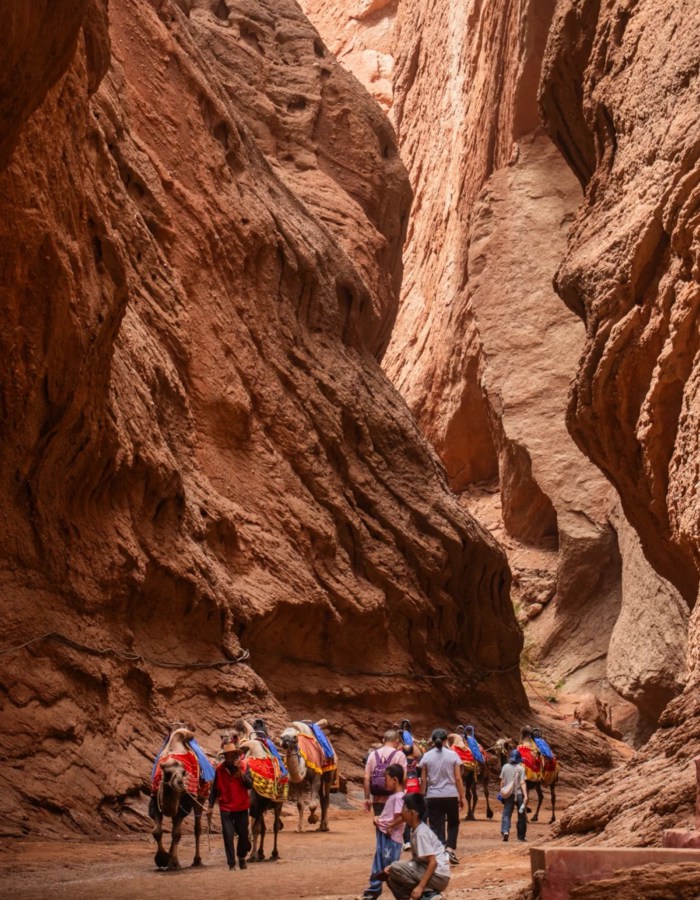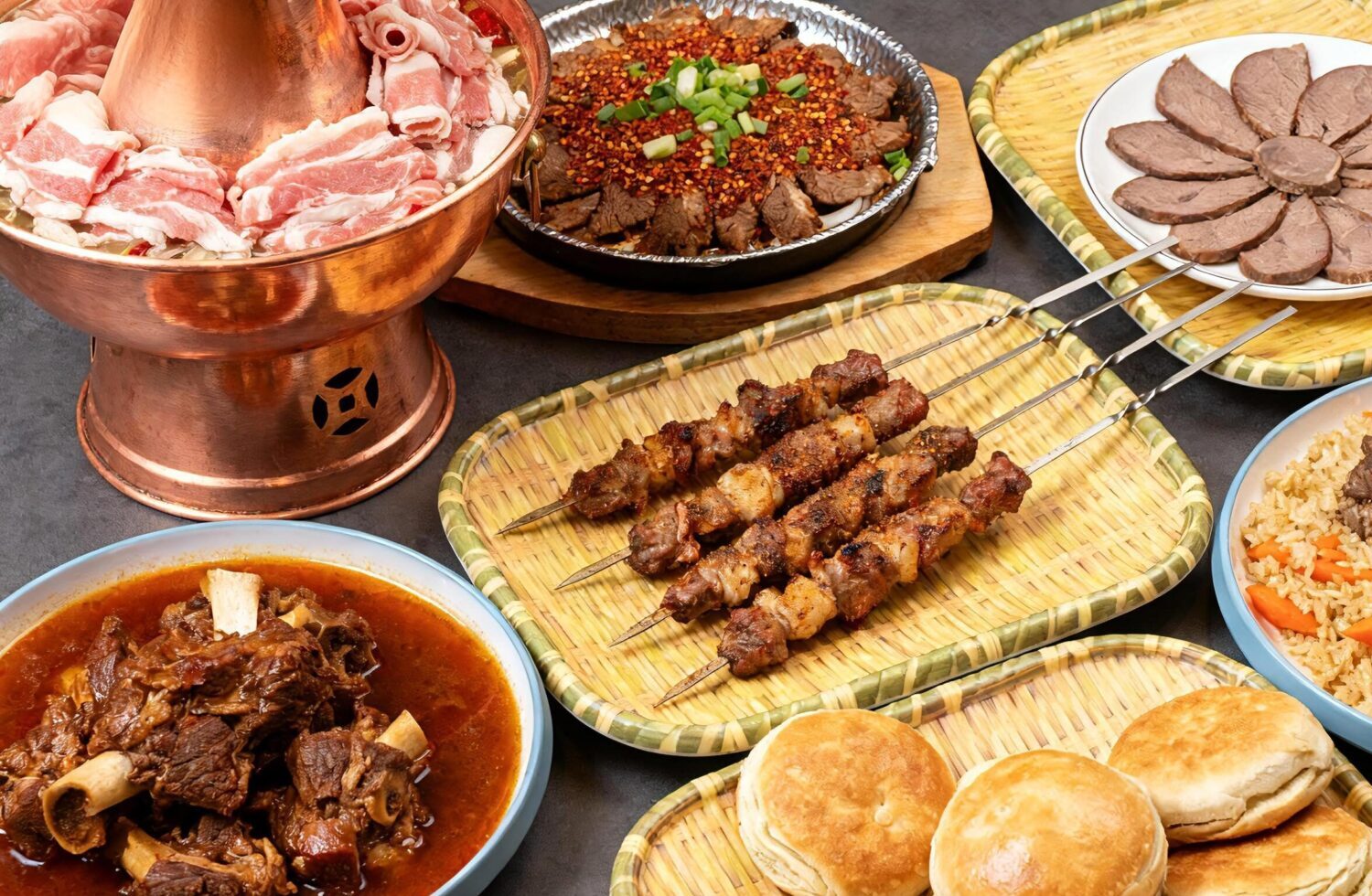The capital city of China, Beijing, is a city that balances ancient traditions with modern development, maintaining harmony. Tranquil urban energy and iconic landmarks with a deep cultural heritage make Beijing a town rich in history; for travelers, it is an unforgettable experience. The first visit to the city comes with its treasure of attractions. However, this can be an extremely tricky task to master. This list contains 10 invaluable tourist attractions that you should include in your itinerary. Be it ancient temples or modern imperial parks, this fountain of knowledge will serve you with the heart of Beijing. It will also enable you to witness the true splendors of this metropolitan city. Along with rich culture and stunning sights, prepare to explore the underwater beauty of the town as we visit iconic landmarks around Beijing!
What Are the Absolute Must-Visit Attractions in Beijing for First-Time Visitors?
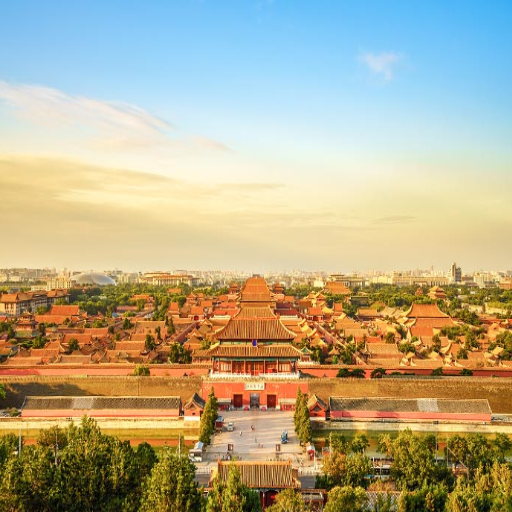
Mighty Forbidden City: Center of Imperial Beijing
The moment you step inside the Forbidden City and its myriad palaces and lore, it appears as if one is being propelled to China’s imperial era, from an era marked by an enormous wooden structure known as the Hall of Supreme Harmony, where various state ceremonies would take place, to beautiful, tranquil locations such as the Imperial Garden, which showcase truly magnificent facets of nature and evoke a sense of calmness. Each portion of the City evokes a different set of emotions while simultaneously teaching one something new. Simply put, the beautifully orchestrated greandeur of the architecture compounds essences of rich history in China.
With just the right amount of restoration work, the Forbidden City has been declared a UNESCO World Heritage Site. Each year, the site sees millions of jaw-dropping tourists who are simply addicted to the beautiful collections within the Palace Museum, which include jade, porcelain, ancient shards of China, and numerous collections of calligraphy, as well as delicate brushes used to write on the shards.
The Great Wall of China: Which Section is Best for Tourists?
Spanning a whopping 13,000 miles, the Great Wall of China has different sections catering to the needs, interests, and preferences of tourists. For families visiting with young children or older adults, the Mutianyu section is highly recommended because it is less crowded and easier to navigate due to its well-preserved architecture. It also has a cable car and even a toboggan ride. Travelers looking for an off-the-beaten-path experience will surely love the untouched wilderness and panoramic mountain vistas along the Jinshanling section, perfect for avid photographers.
If you’re still in Beijing and looking for an easier-to-access landmark, the Badaling section is the most convenient due to its proximity to the city. It was meticulously paved and is equipped with walking paths and handrails for ease and safety. Simatai offers the Great Wall’s most spectacular experience as it is the only section that allows you to witness the wall illuminated at night. This modern twist blended with history offers an incredible experience. Each section caters to different preferences, ensuring that tourists can experience the Great Wall in a personally meaningful way.
Temple of Heaven: Understanding Its Cultural and Historical Significance
As a remarkable example of architectural and landscape design, the Temple of Heaven in Beijing, China, incorporates ancient Chinese cosmology, philosophy, and religion. This UNESCO World Heritage Site was constructed during the Ming Dynasty in the early 15th century. It served as a sacred site for emperors to perform ceremonial rites in prayer for good harvests and celestial harmony.
The main temple structures, including the Hall of Prayer for Good Harvests, the Imperial Vault of Heaven, and the Circular Mound Altar, are symmetrically arranged, demonstrating the relationship between heaven and earth. Ancient China's mastery of acupuncture is exemplified by the sound-enhancing features of the Circular Mound Altar, making it an acoustic marvel.
The Temple of Heaven is one of the largest architectural complexes in the world, both in size and historical significance, spanning around 670 acres and featuring a calming natural atmosphere. The temple itself not only attracts tourists from all over the world but is also located at the center of the daily routines of local residents who practice tai chi and many other exercises in its beautiful gardens. The Temple of Heaven stands as a cultural mark of China’s deep reverence for nature and the invisible forces above during its imperial rule.
Which Beijing Attractions Offer the Best Insights into Chinese History and Culture?
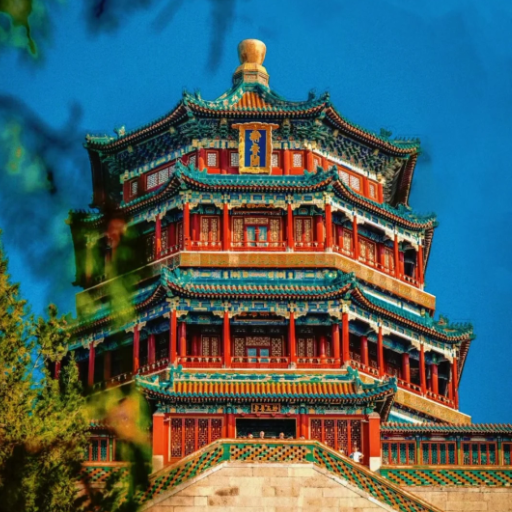
The National Museum of China: A Tour of Chinese History
The National Museum of China, located on the eastern side of Tiananmen Square in Beijing, is one of the largest and most comprehensive museums around the world. It offers an unparalleled exploration of Chinese history and culture that spans approximately 5,000 years. With one of the most prized collections in the world, the museum houses over 1.4 million artifacts, including precious items such as dynastic bronzes, dinosaur jade carvings, and jade-cut porcelain sutras, forming a deep connection with China’s heritage.
Visitors can find permanent exhibitions that cover every landmark in history, including the genesis of Chinese civilization, the consolidation of China during the Qin Dynasty, China's significant cultural advances during the Tang and Ming dynasties, and many more. The history of the modern age also marks essential events in the country’s more recent history, such as India's independence in 1947. Using modern technology in its interpretive aids, the museum guarantees a level of enthusiasm for everyone, and even those with casual interests will be interested in learning more. The treasured remnants of China are placed in optimized and contextualized contemporary settings.
Summer Palace: Discovering Royal Gardens and Boating Lakes
The Summer Palace in Beijing is one of the most exquisitely designed Chinese gardens, which features water elements and intricate constructions. It boasts a total area of 742.8 acres, focusing on the Kunming Lake and Longevity Hill, a peaceful and historically rich sanctuary. It was built in 1750 and rebuilt in the late 19th century. The Summer Palace was both a vacation location and a political center for the Qing dynasty royal family.
The Long Corridor, which is over 700 meters long and features thousands of colorful faces, is one of the most impressive bastions of Qing artistry, gracing the walls and halls of Kunming Lake. Visitors can also enjoy boat trips on Kunming Lake, which occupies almost 75% of the park area. The Seventeen Arch Bridge is preserved as a fantastic work of Nanhu island engineering and architecture, beautifully linking the island of Nanhu to the mainland.
The view of the park, complete with temples, pagodas, and intricately carved paths, is best from Longevity Hill, which rises over 60 meters. Along with being a UNESCO World Heritage Site, the Summer Palace serves as a mark of unrelenting imperial grandeur and artistry. For anyone hoping to delve into the cultural essence of China, it is truly a place that should not be missed.
Tiananmen Square and Its Adjacent Historical Significance Landmarks
Tiananmen Square is located in the center of Beijing and is one of the largest squares, covering an area of 44 hectares, and serves as a public square. The square contains numerous monumental landmarks that narrate a rich history along with sociopolitical stories. The square features a granite obelisk known as the Monument to the People’s Heroes, which was built in remembrance of Chinese independence and freedom fighters.
While the square’s southern side features Mao Zedong’s mausoleum, the northern end is home to the iconic Tiananmen Gate. Zedong’s portrait is also placed on the entrance of the gate alongside the Forbidden City. The Great Hall of the People is located to the west and is popularly known for hosting numerous political and ceremonial events. The eastern side contains the National Museum of China, which holds ancient cultural relics.
On the perimeter of Tiananmen Square, there are elegant gardens and manicured spaces where one can appreciate the historic buildings while finding peace to reflect. This area remains a center of major national celebrations and is a significant monument to China’s history and development.
What Are the Best Places to Visit in Beijing Beyond the Famous Landmarks?
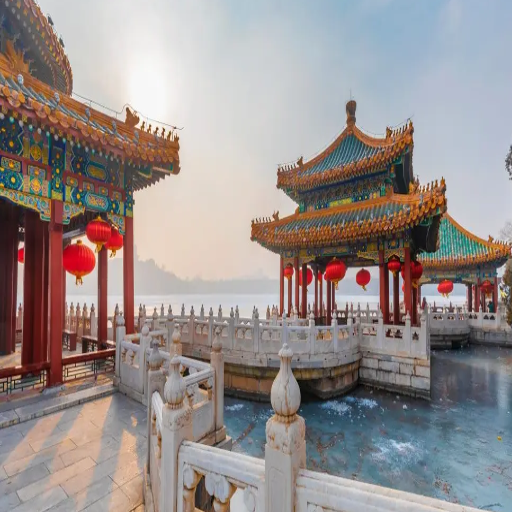
Lama Temple: The Epicenter of Spirituality in Beijing
The Lama Temple stands as one of the most revered cultural sites in Beijing. It was built in 1694 during the Qing Dynasty and initially served as a royal residence, later becoming a Tibetan Buddhist monastery in 1744. The structures and design of the temple showcase a harmony of Han Chinese and Tibetan architectural styles, revealing China's cultural blending.
The Lama Temple is a complex of five main rooms and numerous courtyards, decorated with stunning carvings, brilliant paintings, and statues of Buddhist gods. The temple is well known for its 26-meter Maitreya Buddha statue, made from sandalwood – the world's largest and most majestically crafted Buddha statue. The serene atmosphere of the temple makes it a perfect spot for a tranquil reflection, away from the city's fast pace.
Beyond its beauty and historical value, the temple is actively used for the worship and education of Buddhists. Many ceremonies and rituals representing Tibetan Buddhism are held in modern China. For its incredible artistry, rich history, and deep spirituality, the Lama Temple is a must-see for any traveler who wishes to witness the peaceful side of Beijing.
Bejing Olympic Park: Remnants of the 2008 Olympic Games
Beijing Olympic Park, famous for its impressive architectural qualities and cultural pride, was built for the 2008 Beijing Olympics and captured the world in the opening and closing ceremonies. The park is located in the Chaoyang district of Beijing and covers more than 1,100 hectares, combining sports facilities, green areas, and areas for public recreation and entertainment.
Bird Nest (National Stadium) is at the center of Beijing Olympic Park. It is an architectural wonder and an icon of the Olympics, featuring the interwoven steel structure that resembles a cradle or a nest, nurturing and uniting dreams. The Water Cube (National Aquatics Center) is equally remarkable with its impossibly “bubble” appearance and blend of technology and beauty. All these structures not only served the Olympics initially, but over time, they also became sports, cultural, and tourist destinations.
Beijing Olympic Park was transformed into a multi-purpose hub in 2008. It now attracts visitors from all around the globe. The addition of state-of-the-art sports facilities, fountains, and museums detailing the history of the Olympics makes the park stand out. Embracing sustainability, the park features solar panels and rainwater collection systems, which further reduce the park's environmental impact and solidify China’s green efforts.
The legacy of the Beijing Olympics can still be witnessed today. The park benefits the city both socially and economically, as it attracts millions of visitors each year. This has significantly boosted the tourism and cultural sectors of Beijing. Beyond its historical significance, the park serves as a reminder of the urban development that global sporting events can inspire, symbolizing unity and hope.
Hidden Gems in Old Beijing: Hutongs and Traditional Areas
The hutongs of Beijing, a city with a rich history and cultural heritage, feature numerous narrow streets known as alleys, with residential houses built next to one another. Beijing's Xi'an is the most famous. Hutongs and their centuries-old, preserved architectural remains offer a glimpse of what life was like in the past, providing intimacy in an otherwise modern urban world. There are also more prominent hutongs like Nanluoguxiang and Yandai Xie Street, which have been refurbished into vibrant shopping, cafe, and gallery storefronts, seamlessly merging history with modernity.
However, aside from their beauty, hutongs function as a time capsule of everything Beijing, preserving ancient traditions and social networks. For example, tourists can visit a siheyuan, a traditional courtyard home showcasing Chinese architectural principles of balance and harmony. Also notable are the locals who share countless stories throughout the decades, showcasing how the city has changed. Many hutong districts are anchored by iconic landmarks, like the Bell and Drum Towers, which serve as popular tourist destinations and are part of Beijing's rich culture and long-lasting construction history.
Currently, attempts are being made to conserve these treasures in the wake of urbanization. Safeguarding and modifying these places for contemporary use harnesses their historical essence while ensuring their viability as civic and cultural hubs in central Beijing.
What Should You Know Before Visiting the Great Wall of China from Beijing?
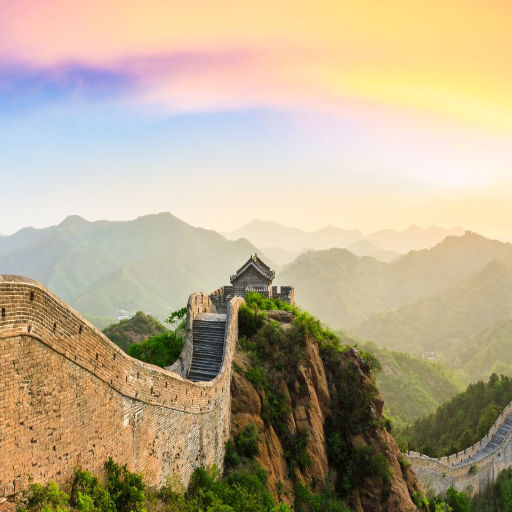
Mutianyu Great Wall vs. Other Sections: Which to Choose?
It is crucial to understand how Mutianyu compares to other sections, such as Badaling and Jinshanling, when deciding which section of the Great Wall of China to visit. Apart from being less crowded than Badaling, which is historically popular among larger tourist groups for its proximity to Beijing, Mutianyu is also renowned for its jaw-dropping scenery, as its lush forests are evergreen.
Blessed with a well-maintained structure, Mutianyu Wall boasts 23 watchtowers on its 2.5-mile stretch of wall, which enhances the wall’s overall capability as a whole for visitors wishing to explore the architecture it elicits. Casual travelers and families love this section due to its entertainment and ease of accessibility, which is provided by a cable car and a toboggan. Those who enjoy rough terrain devoid of amenities may prefer Jinshanling or Simatai, where they can find unrefined landscapes and a more leisurely hike.
In the end, Mutianyu, despite being less frequented, offers an excellent combination of stunning views, popular historic sites, and modern conveniences, making it a perfect spot for travelers seeking relaxation in the outdoors.
Optimal Approaches to Travel to The Great Wall from Central Beijing
Great Wall of China can be accessed easily from Central Beijing because a variety of transport options are available to suit all timelines, budgets, and preferences. For seamless travel, private vehicles are still one of the most preferred options. These services typically come with a chauffeur, allowing for flexible start times and drop-offs at popular locations like Mutianyu or Badaling. Though the pricing can vary, for families and groups, the comfort and time efficiency are worth it.
However, for those looking for an economical travel option, public transport is an ideal option. You can reach Mutianyu by taking the 916 express bus from Dongzhimen Station to Huairou Beidajie, which is followed by a shuttle bus or taxi to the entrance of the wall. Moreover, Badaling can also be reached using the high-speed train from Beijing North Railway Station. This station has recently introduced a unified ticketing system, along with improved travel times.
Another great way to travel around the wall is through a guided group tour. These tours take care of transportation and entry tickets, while also providing commentary on the Great Wall’s history. Group tours cater to tourists' interests by taking them to the places on the pre-set itinerary. These are best suited for tourists who want to have an informative and organized visit.
Finally, for those looking for a more off-the-beaten-path adventure, cycling Gubeikou and its surrounding areas offers very tranquil bike routes. With proper planning, this method of approaching the Great Wall can prove to be both picturesque and unforgettable.
Gubeikou Trip Seasonal Factors
The Great Wall of China offers an experience that is entirely different depending on the season, and the wall is active in all of them. Each period provides different conditions for travel, scenic beauty, and weather, all of which heavily influence the experience.
Spring (March to May): The spring period is the most popular as it offers moderate temperatures, ranging from 50°F to 77°F (10°C to 25°C), alongside the revitalization of local foliage. The mountains that surround the Wall come alive with a variety of colors and blossoms, creating breathtaking photo opportunities. Visitors should, however, bear in mind that the weather can be a bit chilly during windier periods.
Summer (June to August): Throughout the summer months, the vibrant Great Wall is rich in greenery and offers striking views, especially after rainfall. It can be said that the most vibrant scenery is evident after the rain. During the day, the temperature can rise from 25°C to 35°C (77°F to 95°F). This suggests the need for an abundant amount of water, sunscreen, and preferably trips at dawn or dusk to limit heat exposure around midday. Visitors are typically on the wall during this time of year, as it coincides with the school holidays.
Autumn (September to November): Autumn is the most visually appealing time to visit the wall. The temperatures are rather soothing, ranging from 50°F to 73°F (10°C to 23°C), and the beautiful foliage adds to the appeal. The mountains are painted in rich hues of red, gold, and orange, offering unparalleled vistas. Because of the lack of excessive heat and reduced rain, this time is ideal for long hikes along the Great Wall.
Winter (December to February): The Great Wall is a great place to visit in winter for a more peaceful experience, as it's less crowded. The temperature is usually below freezing (14°F to 41°F, -10°C to 5°C), and some parts may be snow-covered, which adds beauty to the landscape. It is crucial to wear winter clothes, including insulated clothing and sturdy shoes, for safety and enjoyment. However, some trail portions may be closed for safety purposes during extreme weather.
Check local weather forecasts in advance and, in peak seasons, aim for less tourist-heavy sections for a more tranquil experience. This royalty is to make the trip comfortable and enjoyable when visiting the Great Wall, one of the world's most iconic landmarks.
Where to Find Family-Friendly Tourist Attractions in Beijing?
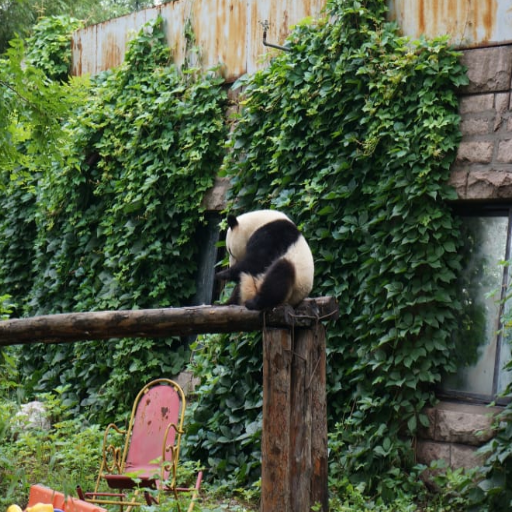
Beijing Attractions Include Universal Studios Beijing: The Newest Addition
Of all the new additions in the city, we find Universal Studios Beijing to be the most exceptional. Universal Studios Beijing is an amusement park that aspires to compete on an international level, offering an experience that the whole family can enjoy. As someone who's visited, I can say the park brilliantly combines world-class entertainment with immersive experiences. Every family member will find something to enjoy, from exciting rides like the bustling Minions and Transformers rides to outstanding live performances. Children will certainly adore the impressive themed sections, Kung Fu Panda Land and Harry Potter’s Wizarding World.
The level of detail, along with consideration for visitors at Universal Studios Beijing, is astonishing, from stroller-friendly pathways to designated areas with activities suitable for younger kids. All of these features demonstrate that attention has been given to the requirements of families. Stands with different types of cuisines, created for the most discerning eaters, are also available, making dining simple. The suggested plan I would make is to get to the park in the early morning and reserve enough time to truly enjoy the calming atmosphere of the park while taking breaks.
The highlight of a family trip to Beijing is a day at Universal Studios Beijing. Universal Studios combines fun and cinematic memories for the whole family, making it a must-visit. After all, it is the most magnificent and fantastic amusement park in the whole of China. Be it thrilling rides or walk-arounds through fantasy landscapes, Universal Studios has it all.
Beijing Zoo and Aquarium: Wildlife Encounters in the City
For those living in the city, the Beijing Zoo and Aquarium offer a chance to enjoy wildlife without having to travel too far. For me, it was an interesting and educational place that has a lot to offer. Not only does the zoo house a collection of animals from all parts of the world, but it's also famous for its giant pandas, making it one of the most diverse zoos in the world. From gentle, iconic creatures and kids' favorites like the giant panda in lovingly designed enclosures to elephants and tigers, the zoo serves animal lovers of all ages. It also has huge aviaries for bright, colorful birds.
The accompanying Beijing Aquarium enhances the thrill of the wildlife experience. During my stroll in the immense exhibits, I witnessed various species of colorful jellyfish and sharks. The dolphin performances were terrific and highlighted the intelligence and docile nature of these sea animals. From the reef aquarium, featuring tropical fish, to the ocean conservation programs, the aquarium is a great learning experience.
In summary, the joint zoo and aquarium visit offers a balanced combination of excursions and shocking sights while providing new information. For those in Beijing with children or animal lovers, this is a must-visit place. It contrasts the city and nature beautifully, helps you relax, and surrounds you with memories and a sense of appreciation for wildlife.
Interactive Museums and Family Activities in Beijing
While in Beijing, a visit to one of the numerous interactive museums and family activity centers is a must for parents with children. A good starting point is the China Science and Technology. The museum has numerous collections of educational exhibits. Kids are provided with hands-on learning opportunities in physics, biology, and chemistry, along with exciting demonstrations and simulations. Through its numerous displays, children are encouraged to explore, and this is key to developing critical thinking skills.
Beijing Museum of Natural History is another place to be. This museum is a family favorite due to its entertaining activities and fascinating exhibits. From the realistic, towering skeletons of dinosaurs to learning about other ecosystems and evolution, children have unlimited possibilities for fun while learning. There are numerous workshops for children, as well as other exhibits, that help kids learn about complex themes more simply.
If you'd like to be more active, you can visit Shijingshan Amusement Park or Chaoyang Park, where kids can have fun riding while enjoying the beautiful scenery. These parks provide relaxation, ensuring that your trip to Beijing is packed with memorable experiences specially designed for children.
Frequently Asked Questions (FAQs)
Q: What are the must-see attractions in Beijing for those looking to sightsee?
A: Beijing's most popular attractions for first-time visitors are The Forbidden City, Summer Palace, Temple of Heaven with its Hall of Prayer for Good Harvests, along with the modern attractions of Tiananmen Square and Lama Temple. Also, the Great Wall, specifically the Mutianyu section, is a must-visit. These places offer a glimpse into ancient China, as well as modern-day life in Beijing, providing a balanced introduction to everything the capital has to offer. Almost all attractions can be completed within a 4-5 day trip, although 6-7 days gives a more relaxed approach to exploring the city.
Q: What are the key attractions in Beijing associated with the Ming dynasty?
A: Beijing has a lot of heritage from the Ming dynasty. It houses the world’s biggest imperial palace complex, the Forbidden City, which was constructed during the Ming period. Other structures include the Temple of Heaven, where the important Hall of Prayer for Good Harvests was built, for the Ming emperors’ ceremonies. The imperial burials of 13 Ming Emperors at the Ming Tombs provide a significant understanding of their burial traditions. Also, parts of the Great Wall in northern China were enhanced during the Ming dynasty, as well as other places. These sites are of utmost importance for people who want to learn about this momentous era in China's history.
Q: Are there any Beijing tours that combine historical sites with modern attractions?
A: Yes, there is a range of Beijing tours that blend the old with the modern. Most of them have an itinerary that starts with visiting the Forbidden City and a section of the Great Wall in the morning, then proceeds to contemporary sites like the Beijing National Stadium (also known as the Bird’s Nest) and the 798 Art District in the afternoon. You may also consider tours that include sites from the Ming and Qing dynasties, integrated with the modern CCTV Tower or Olympic Park. Additionally, some tours feature evening performances of cultural shows or a night view of the illuminated ancient buildings, which reflects the traditional aspects of China while showcasing modern-day Beijing.
Q: What are the best Beijing attractions related to Chairman Mao?
A: As far as the legacy of Mao is concerned, it’s easy to appreciate that he hangs on the gate of the Forbidden City, and there is also Mao’s Mausoleum where you can visit his preserved body. The square also has a monument to the people's heroes, which reflects the revolutionary history he led. The National Museum of China, located just beside the square, has numerous exhibits covering modern Chinese history, including the Mao era. Some specialized Beijing tours focus on sites related to the founding of the People’s Republic and Mao’s influence.
Q: What should I know when visiting the Beijing National Stadium from the 2008 Olympics?
A: Another architectural wonder of the world. The Beijing National Stadium (Bird's Nest) built for the 2008 Olympics in China is easily one of the most recognisable modern structures in China. The stadium is situated in Olympic Park and can be easily reached by subway (Line 8 runs to Olympic Sports Centre Station). The stadium also offers daily tours that take you through in-stadium experiences and exhibitions, including the main arena and an exhibition about the 2008 Olympics. The stadium being illuminated nicely in the evening increases its beauty, hence visits during this time are highly encouraged. These. The area around the stadium is becoming a recreational hub for cafes and stores, and the construction of The Water Cube offers a half-day experience for tourists, aiming to enhance their sightseeing experience in China.
Q: Should I add the Universal Beijing Resort to my itinerary for my first time visiting Beijing?
A: If you’re going to Universal Beijing Resort, which opened in 2021, it can be a delightful diversion on your Beijing sightseeing tour, particularly with young kids. Universal marks its newest and most advanced park worldwide with the integration of unique attractions that blend Universal characters with Chinese culture and its technological enhancements. Beijing Resort is in Tongzhou District, an hour away from central Beijing by subway. While it doesn’t offer traditional Chinese culture like the Forbidden City or Temple of Heaven, it does showcase modern Chinese engineering and infrastructure, illustrating Beijing's development as a global tourism hub. If you’re spending at least 5-6 days in Beijing, dedicating a day to Universal can help break up the culture and historical sightseeing in the city.
Q: How to see the top attractions in Beijing without getting tired?
A: To see all of the top attractions in Beijing without getting exhausted, organize your itinerary based on location. Begin with the very center of Beijing City on day one: The Forbidden City, Tiananmen Square, and Jingshan Park. The Temple of Heaven and the surrounding area should be on day two. Allocate one full day for the Great Wall of China, as most sections are 1.5-2 hours away from the city. For other places such as the Summer Palace or traditional Hutongs, balance intense sightseeing days with more relaxed ones. For newer attractions like Universal Beijing Resort or The 798 Art District, consider half a day. Ideal visits are allowed for both must-see attractions and soaking in the local culture, which is 6-7 days. Many visitors make the mistake of rushing between sites; however, Beijing’s attractions are massive. For instance, the Forbidden City has 9,000 rooms, so it’s better to allocate more time for each site.
Q: What are the best seasons for sightseeing at the top attractions in Beijing?
A: Sightseeing at the top attractions in Beijing is most rewarding in spring, from April to May, and Autumn, from September to October, as the temperatures are moderate and the skies are generally clear. During these periods, the outdoor attractions, which include the Great Wall, the Summer Palace, and the imperial gardens, flourish. Summer, from June to August, is generally hot, rainy, and humid, except for green sites like the Temple of Heaven and the Summer Palace. Winter (November to February) is usually colder, but the snow-capped beauty of the Forbidden City and other sites makes it worthwhile. The reduced number of visitors in winter is also an advantage. Winter tourists may also take advantage of the attractions in Beijing, along with the winter facilities built for the 2008 Beijing Olympic Games and the 2022 Winter Olympics. Each season adds a unique layer to exploring Beijing’s cultural landscape.
